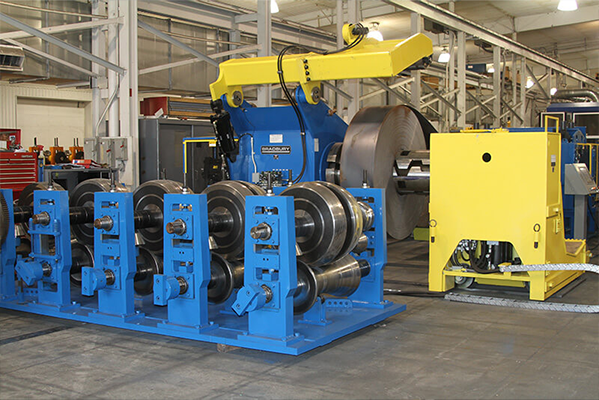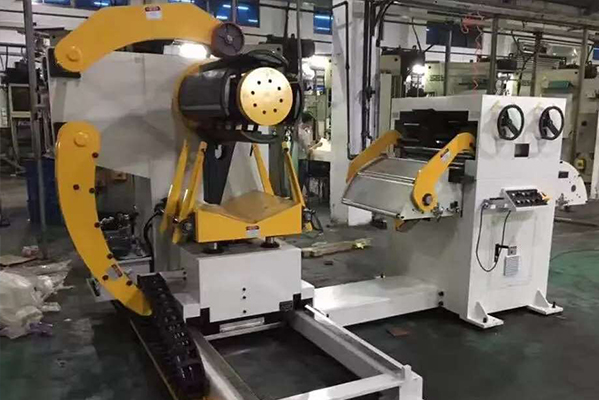Navigation Menu
Contact Us
- Email:
- info@wxavatar.com
- Address:
- Yurong Village, Yuqi Street, Huishan District, Wuxi, China.
Release Date:Jun 24, 2025 Visit:29 Source:Roll Forming Machine Factory
Custom rollforming is a widely used metal processing technique that has gained attention across many industries due to its unique capabilities. When compared to traditional metal forming methods such as stamping, press braking, or extrusion, custom rollforming offers several practical advantages. Understanding these benefits can help manufacturers and engineers make more informed decisions when selecting the appropriate metal forming process for their projects.

1. Consistent Quality Across Long Lengths
One of the key advantages of custom rollforming is its ability to produce consistent, uniform profiles over long production runs. Unlike some traditional methods where variations can occur due to die wear or multiple processing steps, rollforming shapes metal through a continuous process. This consistency is especially valuable when precise dimensional tolerances and long lengths are required.
2. Design Flexibility
Custom rollforming allows for the production of complex cross-sections that may be challenging or expensive to achieve using conventional methods. It can handle a wide range of material thicknesses, widths, and profiles. This flexibility supports the development of specialized components tailored to specific applications, without the need for secondary processing in many cases.
3. Efficient Material Utilization
Compared to stamping or cutting processes, custom rollforming can optimize material usage with minimal waste. The continuous forming process can be designed to closely follow the shape of the finished product, reducing the need for excess trimming. This can lead to lower raw material costs over time.
4. High Production Speed
Custom rollforming is a continuous process that can achieve high production speeds, making it suitable for large-volume manufacturing. Traditional methods, such as press braking or stamping, often involve repeated setup and cycling, which can limit throughput. Rollforming lines can operate efficiently with less downtime between runs.
5. Lower Tooling Costs for Long Runs
While the initial investment in rollforming tooling can be significant, it is typically lower than the cost of tooling for other processes when producing long runs of consistent parts. Additionally, the tooling used in rollforming is generally more durable and requires less frequent replacement, providing further cost advantages over time.
6. Integration of Secondary Operations
Custom rollforming lines can often incorporate secondary operations such as punching, notching, embossing, and welding directly into the production line. This integration reduces the need for additional equipment or processing steps, streamlining the workflow and improving overall production efficiency.
7. Wide Range of Material Options
Rollforming is compatible with various metals including steel, aluminum, copper, and other alloys. This adaptability allows manufacturers to choose materials based on the specific strength, weight, and corrosion resistance requirements of their application.

Conclusion
Custom rollforming offers several advantages over traditional metal forming techniques, particularly when it comes to producing consistent, complex, and long-length profiles with efficiency. Its benefits in design flexibility, material usage, and production speed make it a preferred choice in industries such as construction, automotive, and industrial equipment manufacturing. By understanding the unique strengths of custom rollforming, companies can better align their production methods with project demands and long-term operational goals.